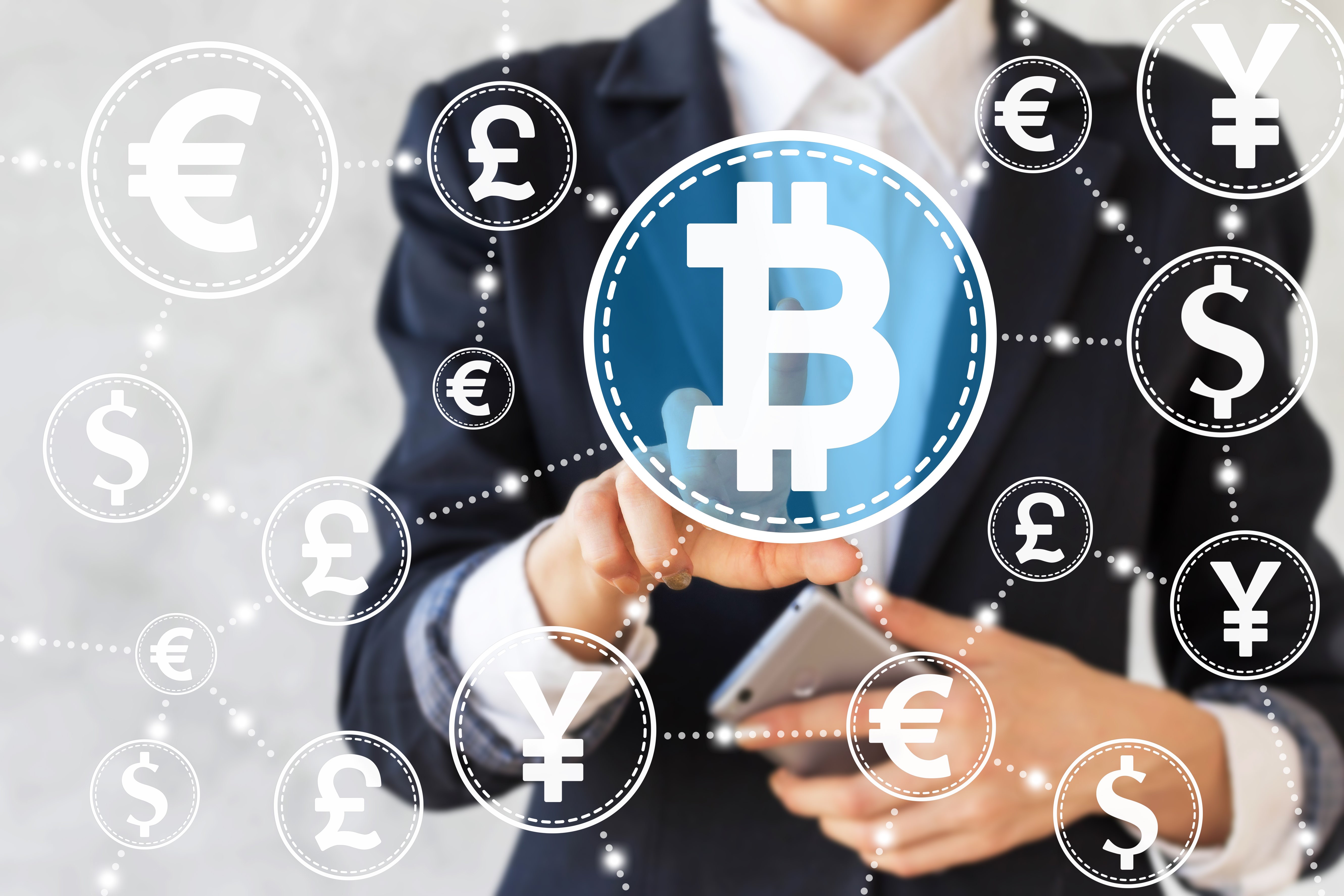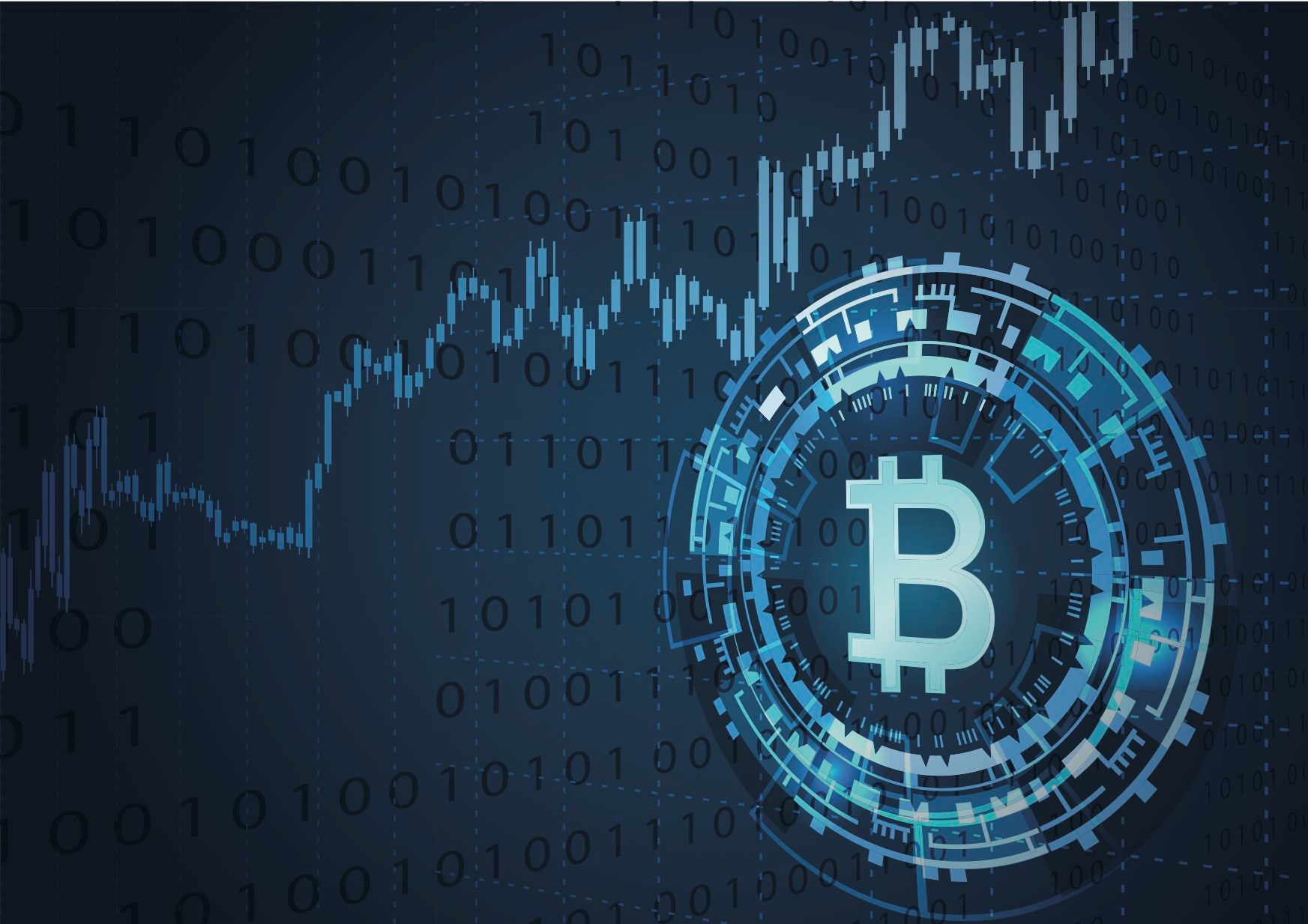We are in the early stages of a new global financial epoch. The transfer of wealth from fiat into crypos is just beginning and will unfold over multiple decades. This article introduces a basic theory explaining how and why this wealth transfer is happening.
Osmosis
Do you remember from high school Chemistry the concept of osmosis?
Here is the high school definition that I remember learning years ago: Osmosis is the movement of a solvent from an area of high concentration to an area of low concentration through a selectively permeable membrane.
Here is the Wikipedia definition, with a nice diagram:
Osmosis is the spontaneous net movement of solvent molecules through a semi-permeable membrane into a region of higher solute concentration, in the direction that tends to equalize the solute concentrations on the two sides.[1][2][3] It may also be used to describe a physical process in which any solvent moves across a semipermeable membrane (permeable to the solvent, but not the solute) separating two solutions of different concentrations.[4][5] Osmosis can be made to do work.[6]
What has always fascinated me about this process is how it happens in a predictable and spontaneous manner. Also, if you study the Wikipedia diagram, you can see that the power of Osmosis is sufficient to actually counter the effects of gravity: the water on the one side of the beaker stands up higher than the water on the other side of the beaker.
Just like a difference in the concentration of solute across two sides of a membrane causes the process of osmosis to happen spontaneously, and the solvent will defy the effects of gravity and flow upwards to a higher center of gravity, I believe that a difference in the relative security strength of two financial safe haven assets will cause money to flow in a similarly predictable and spontaneous way.
Osmosis Theory of Wealth Transfer
Just what causes money to flow? Fear and greed. Apart from day-to-day transactional usages, I would guess that 90%+ of money flows between savings accounts, Gold, ETFs, stocks, bonds, etc is driven by fear and greed. It is simple human psychology at work.
As such, if some new safe haven asset for storage of wealth is introduced to the mix that is better than any prior safe-haven asset, then due to fear factors and greed factors investors will start to move some portion of their wealth into the new safe haven asset.
As this process unfolds, the rising value of this new safe haven asset will lead more skeptical people in society to eventually jump on the bandwagon as fear of missing out takes hold. Thus fear and greed drive the popularity and allure of the new safe haven asset even higher.
Thus, the pumping of financial wealth from the older safe-haven assets to the newly created and technically-superior ones will be as certain, predictable, and spontaneous as the process of osmosis “pumping of fluid” from one side of a selectively permeable membrane over to another.
In formal terms, here is the “Osmosis Theory of Wealth Transfer”:
If a differential exists in the security strength of two safe-haven assets, then this differential will lead to a certain, predictable, and spontaneous transfer of financial wealth, that is amplified by psychological factors of both human fear and greed.
As this cycle proceeds, the new suitor for the crown of global safe haven asset gains in its credibility thus casting a spotlight on the potential weaknesses of the former safe haven asset that the masses are fleeing, thus quickening the pace and overall net effect of the wealth migration.
Application
This simple theory explains the meteoric rise we are seeing in the value of crypto digital assets today (e.g. BTC, XRP, etc). These digital assets are technologically-superior versus the old safe haven assets Gold and USD. USD was previously perceived as the safest asset, as it was backed by the strongest government, and at one point in time, the US government even had the bravado to disallow the usage of the prior competing safe-haven asset, Gold, as a medium of exchange. But, in the end, the USD is still backed by a government, and, indeed, all governments can fail. With the continuous lifting of the US debt ceiling, the rapid rise of inflation in the US economy over the past three decades, and the irrationality of the US Congress and White House Administration today, the end no longer seems implausible.
In contrast, the crypto digital assets are supported by armies of decentralized computers across geopolitical boundaries, consensus protocols, and strong cryptography, and, this method is now successfully defending more than $150B of financial value. These new crypto assets are not at risk of government seizure or inflation, and they could survive even after the combined collapse of all of the political-economies in the West. Even with the entire world in utter chaos or World War III, there would not be any question of the safety and security of these assets.
The Osmosis Theory of Wealth Transfer explains how the process of financial flows from the old safe haven asset to the new safe haven asset is a natural, inevitable, and spontaneous process driven by human psychology. We are still in the early stages of this cycle, but, the pace is quickening now.
Reprinted from Medium
Dr. Orr is a Stanford University Professor, Consultant, Entrepreneur and Investor recognized around the world as an expert in infrastructure and technology.
This article was originally published on FEE.org. Read the original article.


